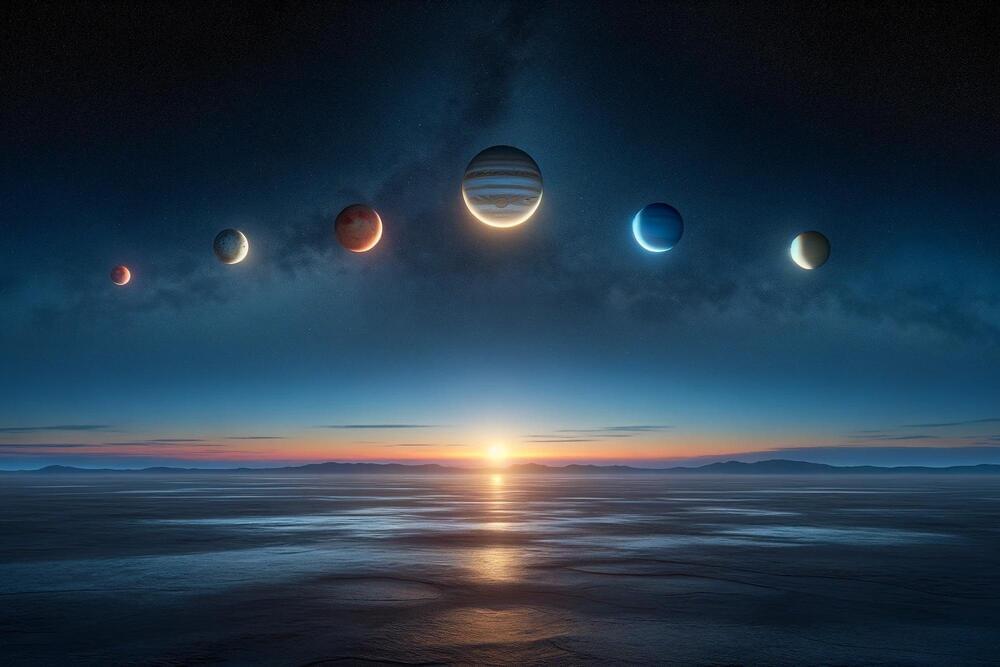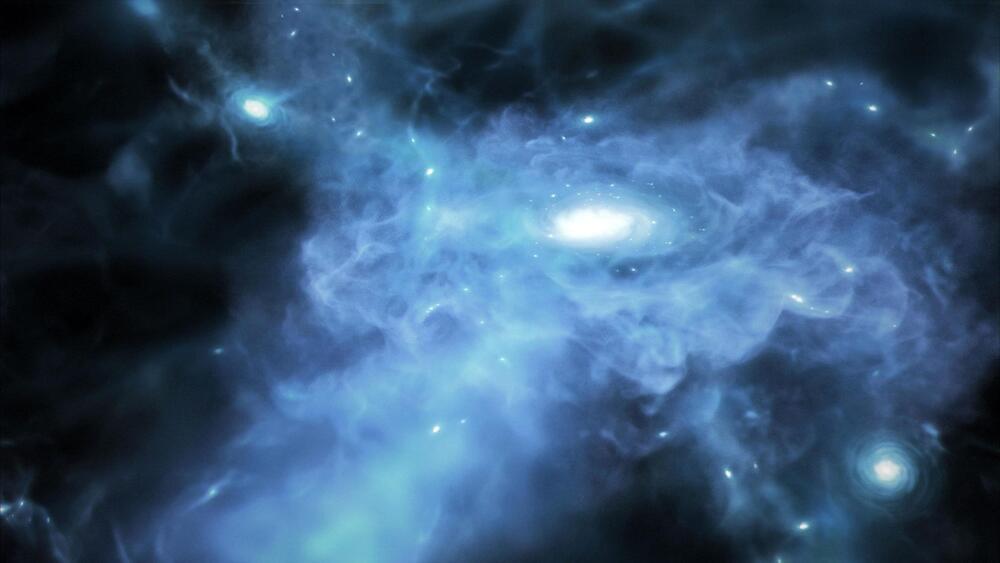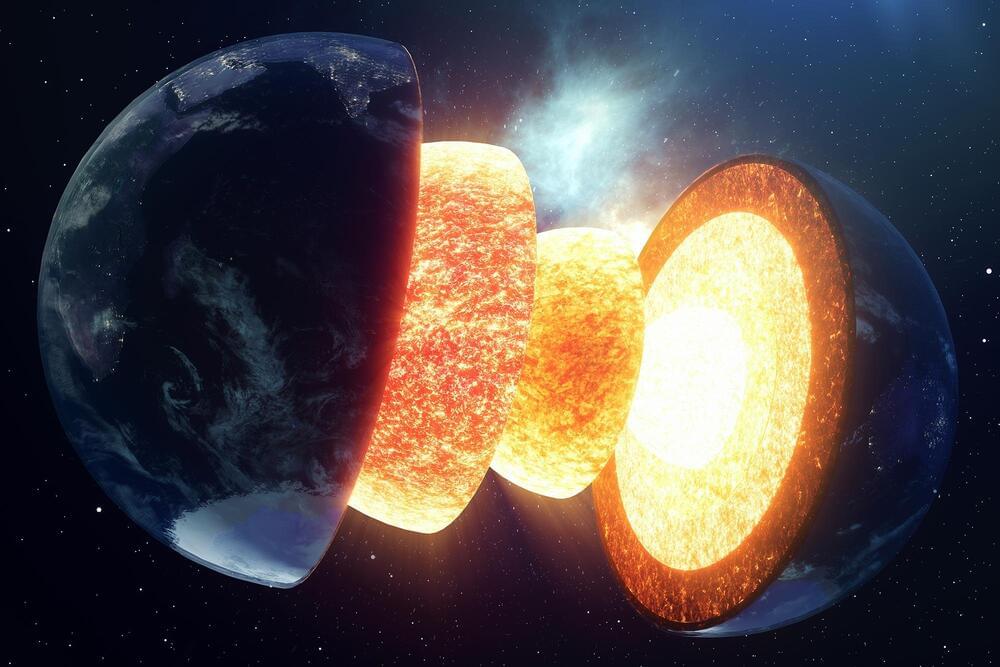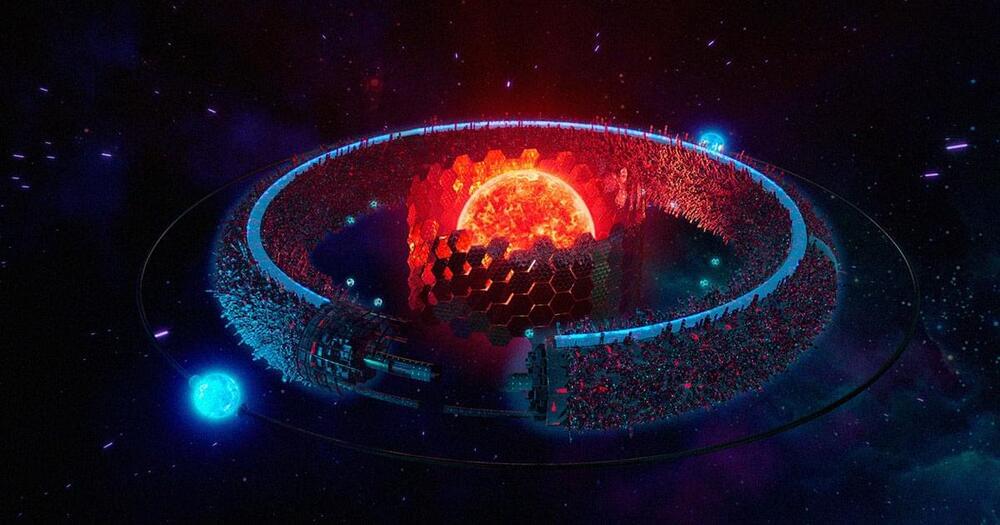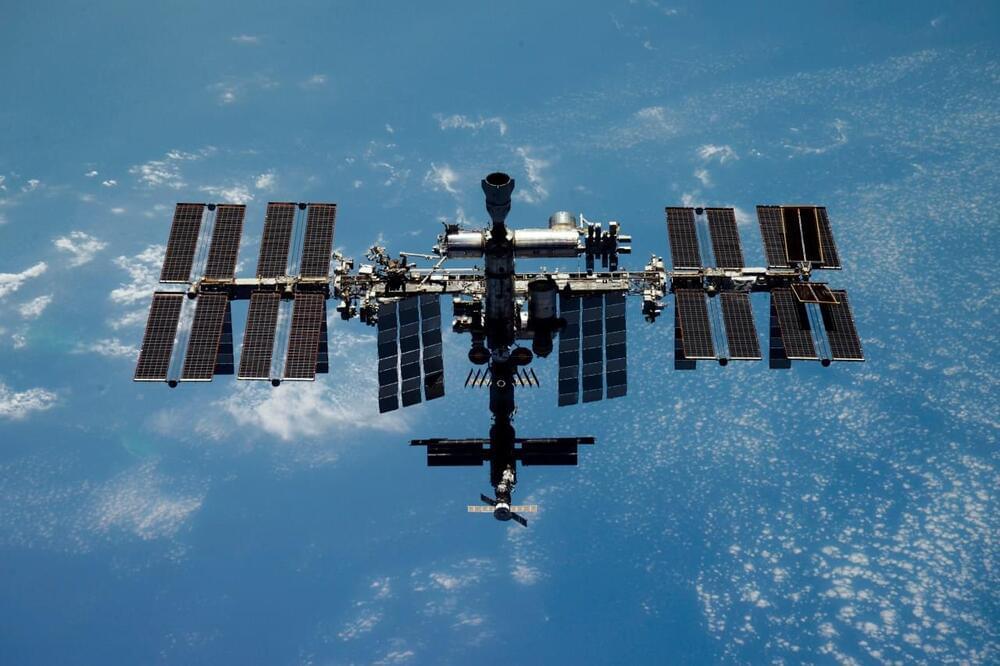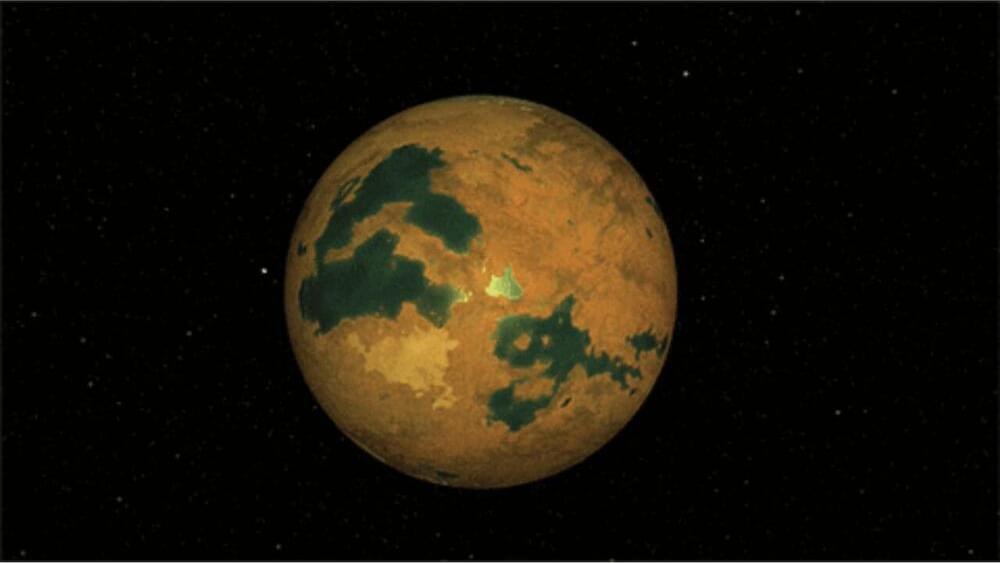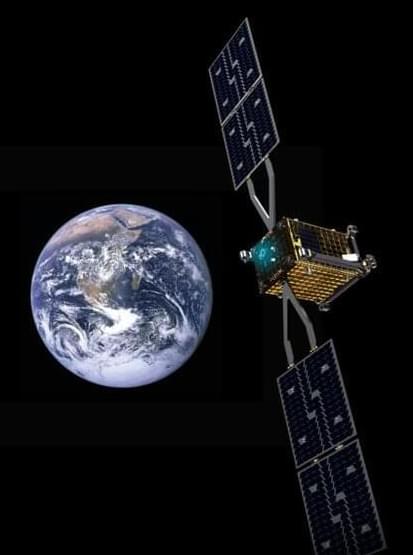On June 3, an alignment of six planets—Mercury, Mars, Jupiter, Saturn, Uranus, and Neptune —will be visible shortly before sunrise from dark, high vantage points with minimal light pollution. This rare event requires optical aids to view all planets.
Stargazers will have an incredible opportunity to look for six planets in Earth’s solar system on June 3. Mercury, Mars, Jupiter, Saturn, Uranus, and Neptune will appear, from some dark, weather-free vantage points on Earth, to form a more-or-less straight line in the night sky – but it’ll take some optical assistance to see them all.
The alignment is a bit of an illusion, astronomers are quick to point out, given the widely varying elliptical path of each planet’s orbit around the Sun. But the uncommon arrangement could prove captivating indeed – if local weather does not interfere.
